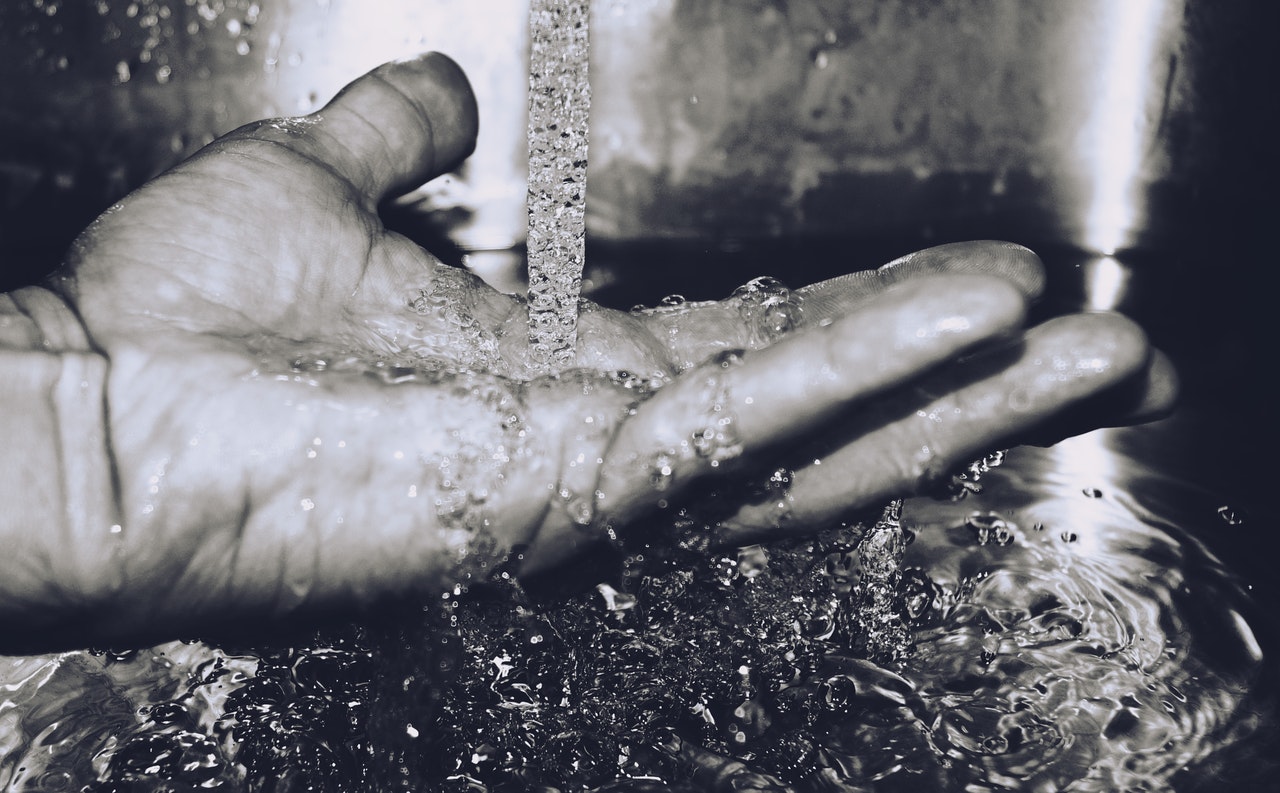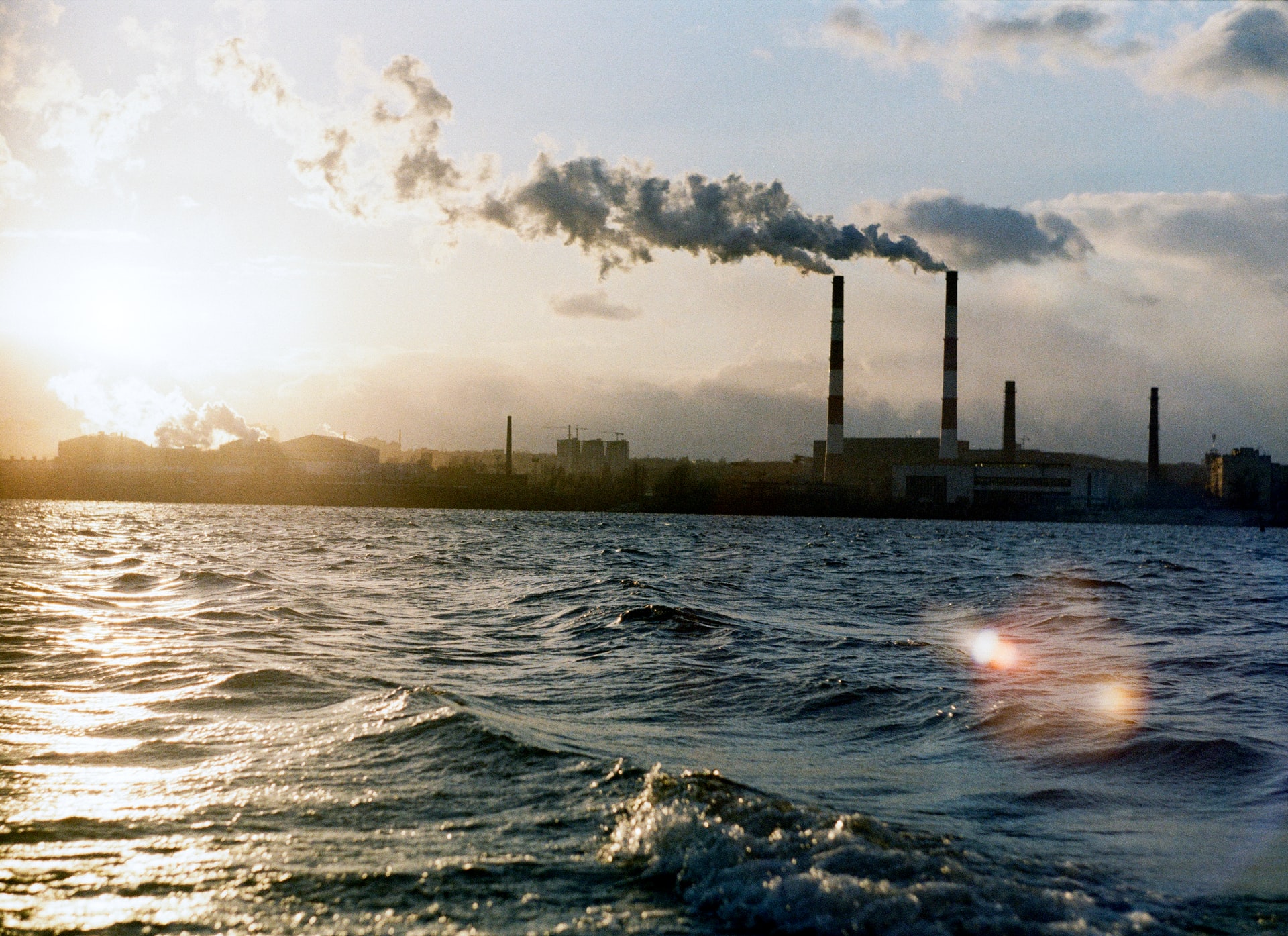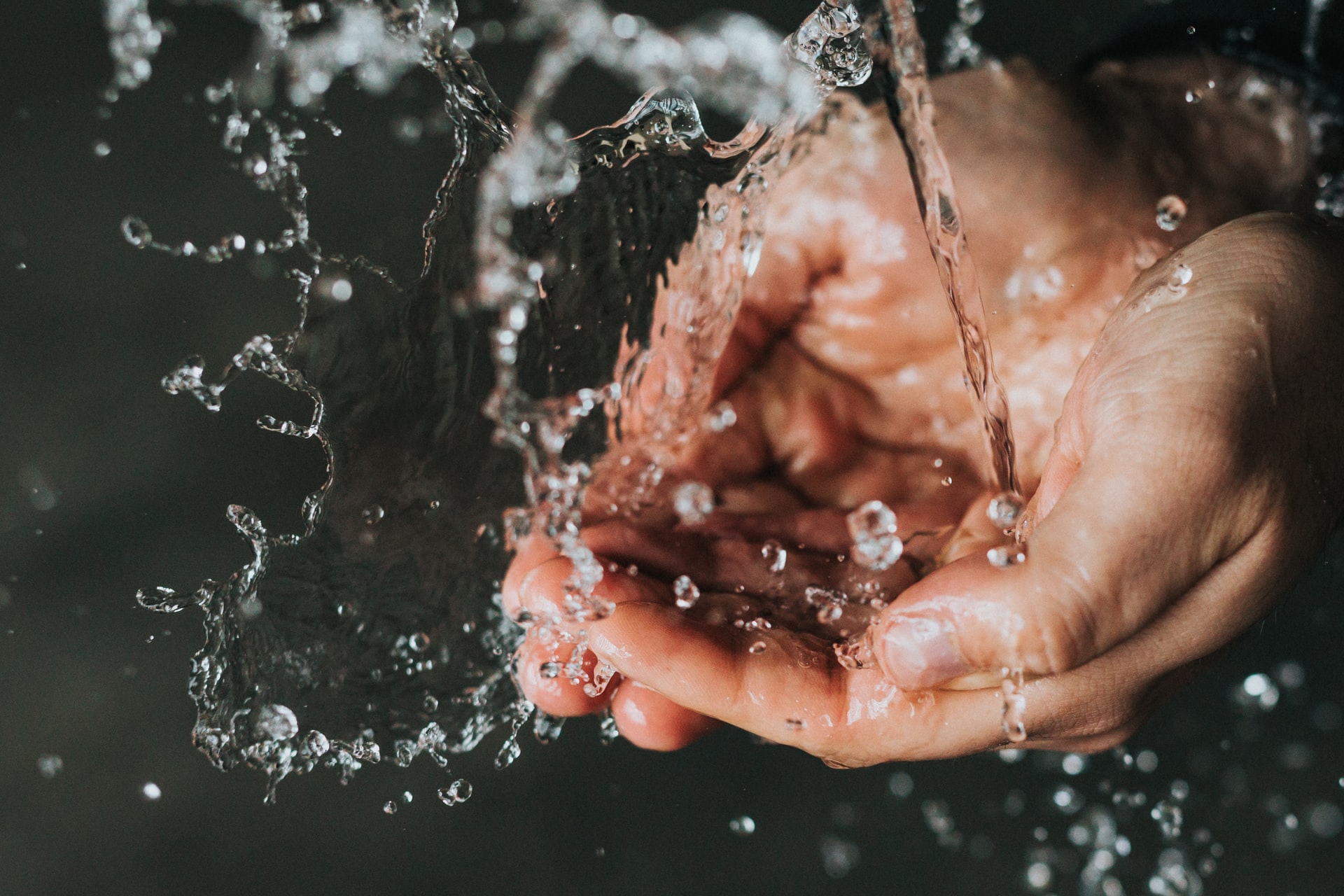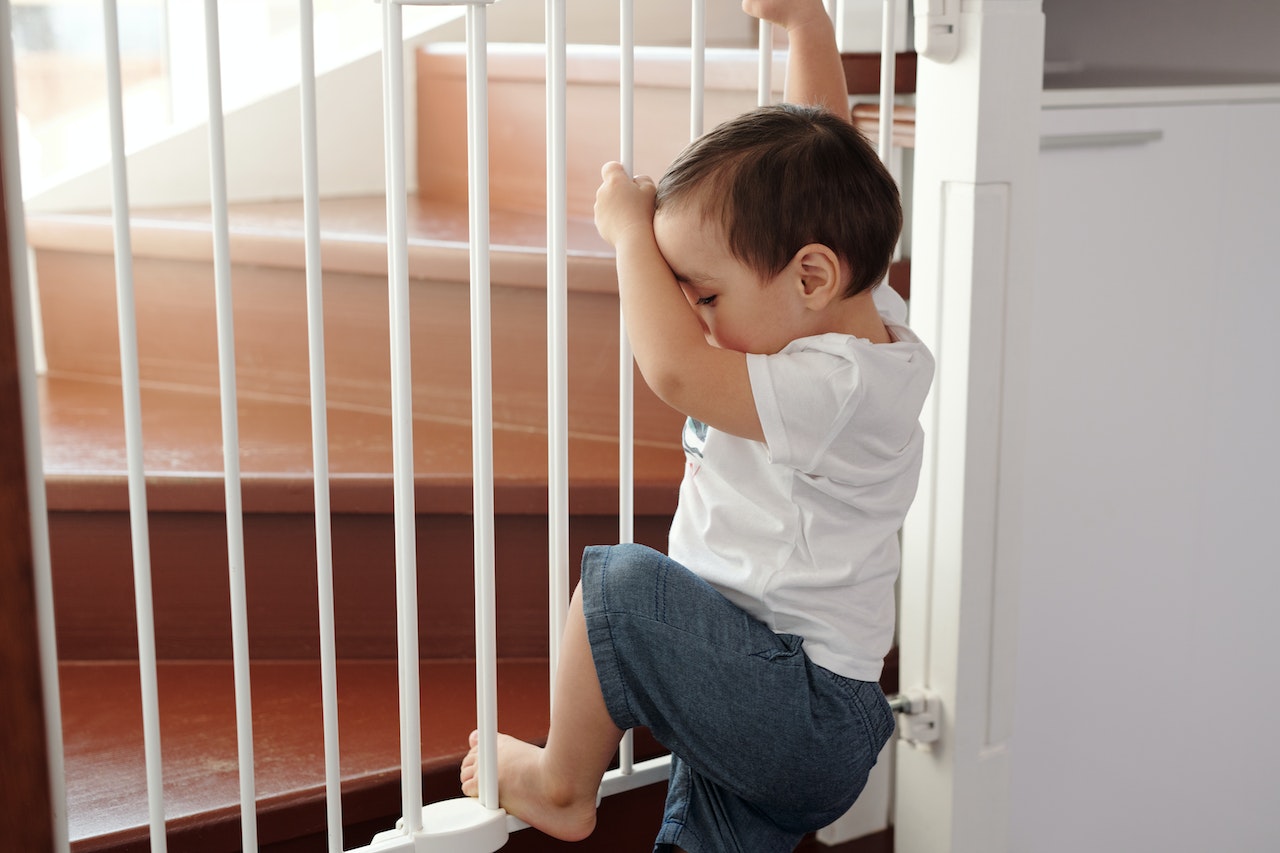Clean, safe drinking water is a challenge for over 2 billion people worldwide. Fecal matter, fluoride, arsenic, and nitrates are significant health threats, and microplastics, pharmaceuticals, pesticides, and PFA’s trail behind it.
The two continents that experience the biggest water-based problems are Asia and North America. Since The Clean Water Act of 1969, the US has been monitoring and recording data related to water pollution. Of the bodies of water that were assessed, 53% of rivers and streams are considered impaired in the US. Oklahoma, New Mexico, and West Virginia have the highest average number of water violations. These water systems serve over 25 million Americans each year.
Water pollution
Water is a universal solvent; it can dissolve most chemicals, making it uniquely susceptible to pollution.
These are the six main groups of water pollution:
- Groundwater — is the most important but least visible resource with over 40% of Americans relying on it for drinking water.
- Surface water — rivers, lakes, streams, and oceans, covers about 70% of the earth’s surface.
- Ocean water — 80% of ocean water pollution is caused by land-based pollution.
- Nonpoint source — diffuse sources like runoff and debris blown around in hurricanes.
- Point source — contamination from a single source like wastewater and oil refining.
- Transboundary — water pollution that begins in one country but seeps into another country’s water supply.
Environment effects caused by water pollution
Water pollution has a devastating effect on the environment. The agricultural sector is the worst offender of water pollution. Fertilizers, pesticides, and animal waste make their way into water systems causing nutrient pollution which in turn causes toxic algal blooms that can incite neurological damage, liver damage, skin irritations, and respiratory illnesses. The toxins can significantly reduce wildlife’s ability to survive and even create dead zones with so little oxygen in the water it cannot support aquatic life.
Water pollution and health
Water pollution can cause health problems like headaches, diarrhea, nausea, vomiting, dysentery, and hepatitis A. More serious contaminants like chromium-6 and arsenic are known to cause cancers and multisystem disease.
Some sources of water pollution

Water pollution can come from nonpoint source (NPS) pollution like roof run-off and water recession after floods as well as point sources like industrial waste.
Wastewater and sewage
Wastewater and sewage are point sources of contamination in any water supply. These can happen from natural causes like heavy rains or overburdened systems caused by flushing inappropriate household products.
Septic systems
The most common causes of septic system failure are:
- Full tanks will overwhelm the system and cause it to overflow.
- Damage to the system from parking or leaving heavy machinery on your septic bed.
- Faulty construction and poor design can also lead to septic failure.
- Improper and infrequent maintenance can lead to system failure from untreated ongoing issues.
Leaking sewer lines
Old and corroded pipes, cracks, and breaks caused by construction or earthquakes can lead to leaking sewer lines.
Is your water contaminated?
It is estimated that 9-45 million Americans are potentially exposed to sources that violate the water standards act each of the last 34 years. So how can you tell if your home’s drinking water is contaminated? Beyond reading water quality reports from your local utility, here are some other ways to know if your water is contaminated.
- Taste, smell, and appearance. Clean drinking water should be clear and have no smell or aftertaste. Any foul smell, odd taste, or color should be cause for concern regarding household water supplies.
- Water pressure and water quality. Water pressure can affect color, contamination, and taste. Low water pressure can be a sign of issues like sediment build-up further down the line. Water passing through this build-up can bring undissolved solids and contaminants into your home, harming the overall quality of your drinking water and potentially your health.
- Water quality kits. There are a few options for testing your home’s water. The best options are send-away kits. Many labs can test for 100 contaminants. There are at-home options that will test for lead above allowable levels but the send away kits offer a more comprehensive determination of the quality of your home’s water.
- Seek professional help. While these tips can help uncover some issues, true peace of mind can only come from the help of a professional. A home inspector is trained to identify problems in residential homes including potential water issues.
Water pollution prevention in the home

Water pollution prevention and conservation are critical to the recovery of waterways in the United States and worldwide. Water conservation can positively affect your wallet, but pollution prevention should not be overlooked. There are many steps the average American can take to prevent water pollution in their home.
Rethink, reduce, reuse, repair, recycle, recover
- Rethink your purchasing choices.
- Ask yourself: can I clean this with baking soda and vinegar or do I need something caustic? Do I need to buy this food in bulk if I am likely to through half of it out? Whenever possible, choose the safe water option.
- Reuse, repair, or rehome an item.
- Check your local recycling facility before tossing it in a landfill.
Making these options a regular part of your lifestyle can help our waterways and environment recover.
Follow proper disposal processes
- Oils — cooking oil, fat, grease, and car oil should be safely disposed of.
- Medicines — return to your local pharmacy for disposal and never flushed or dumped down the drain.
- Cleaning products — use them up, give them away or read the label. Some cleaning products like polishes and oven cleaners are considered hazardous waste and should be disposed of safely.
Healthy septic, healthy home
Regular maintenance of your septic system is not only crucial for the life of your system, but system failure can leak waste and chemicals into groundwater, well water, and local watersheds.
Toilets and water pollution
Toilest are bodily wastes and toilet paper —that’s it. Items marked as biodegradable or flushable, like baby wipes, are designed to absorb water and don’t break down quickly like toilet paper. As they make the long journey to the plant they often cause clogs and jam up the pumps, leading to backed-up sewer systems and spillovers into watersheds.
Are garbage disposals green?
In-sink garbage disposal systems are water-intensive, and this is incredibly taxing to regions with water shortages. Food waste also increases nitrogen and methane gas. The strongest recommendation is to reduce the amount you produce.
Green living with eco-friendly alternatives
Curb water pollution by making greener choices. Products like cleaning solutions, bath and beauty products, and everyday living items are often sold in single-use plastics and contain chemicals that pollute waterways. Seek out eco-alternatives that take contaminants and sustainability into account. Be wary of “greenwashing” — read the labels, research the company’s policies and ask around for recommendations from friends and environmental groups.
When to use and when not to use pesticides
Many pesticides and poisons used for household vermin can harm other insects, pets, family members, and watersheds. As little as one teaspoon of some pesticides can be detected as a pollutant in local waterways. Use pesticide sparingly, as labeled, and strictly according to state and federal laws.
Dog waste at home
Pet feces can contain high nitrogen and phosphorous levels and is considered a significant source of pathogens like fecal coliform. Dispose of your pet’s waste safely by using a bag and dispose of it in the garbage. There are also inexpensive pet waste disposal systems available for purchase as an alternative.
Alternatives and solutions

Boil water
Boiling water for one to three minutes can kill bacteria, viruses, and protozoa. If the water is cloudy let it settle first and strain it through a coffee filter or clean cloth before boiling.
Disinfect water
You can also disinfect your water with unscented, chlorine beach products labeled for sanitization and disinfection. They should contain 6 or 8.25 sodium hypochlorite and no other added cleaners or chemicals. There are very detailed and specific instructions available online and in many emergency preparedness kits.
Counter top water filtration
There are many options available on the market for countertop water filtration systems.
Water treatment systems
If you want to extend the filtration of your water to other areas of your house beyond the kitchen you may want to consider one of these three systems:
- Under sink water filtration systems
- Whole house water filtration systems
- Reverse osmosis water
Reduce water pollution in the community
Take a proactive approach to water conservation and pollution prevention outside your home with these tips.
Community conscious action
Safe disposal, cleaning up areas near waterways, and changing your purchasing habits can have a significant impact. Keep reading for more details.
- Contacts for safe disposal. If you are aware of water pollution in your community, report it. If the pollution is likely to pose an immediate threat to human health, call 911. You can also report immediate and ongoing water polluters to the Environmental Protection Agency (USEPA).
- Excessive water waste and leaks. If you notice an ongoing leak or repeated, excessive water polluters, locate the appropriate contact in your community and report them. You can also report to the USEPA mentioned above.
- Community clean-up – litter pick. Be the inspiration in your community by collecting litter. Take a bag with you on your evening walks or trips to the beach and collect whatever bits of trash you come across. You can also make this an annual community event by organizing a team of volunteers, coordinating with your local waste management partner, and making a more significant impact by targeting areas of obvious need like abandoned encampments or known household dumping sites.
- Live sustainably. You can help protect waterways by shifting to a diet with fewer animal products or even omitting animal products altogether. This animal-conscious approach can be carried through to your lifestyle with your bath and beauty products, clothing, and kitchen wear choices.
- Car maintenance. Proper car maintenance is necessary to keep your vehicle running, but it’s also essential for the environment. Keep the waterways in mind when washing your car or performing maintenance. Use biodegradable cleaners and make sure you dispose of any liquids like oil and antifreeze safely.

Despite all the doom and gloom of water pollution, there is hope. Since the introduction of the Clean Water act, there has been a significant decrease in the loss of wetlands, 700 billion pounds of toxic waste has been diverted from being dumped in the nation’s waterways, and eating fish from the Cuyahoga River has been declared safe. These actionable solutions can help you feel empowered to make change for the better in your home, your community, and globally for ongoing improved water quality and quality of life.




